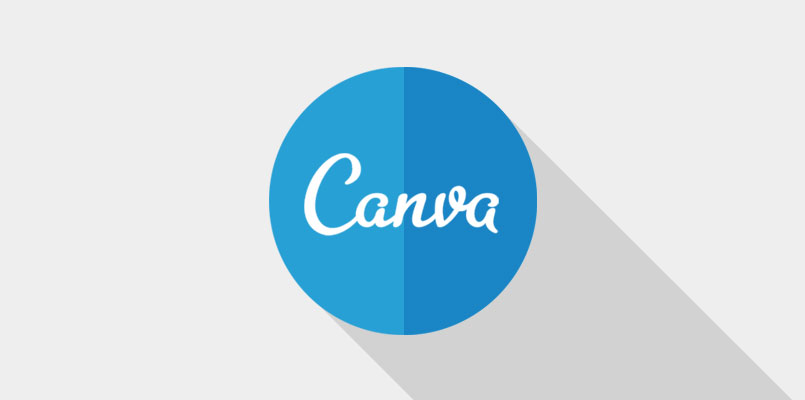Blog #5 Reviewing Canva - From great classroom tool to branding yourself as a teacher

As an ESL teacher at the post-secondary level, myself and my colleges are constantly looking for ways to increase motivation for students to produce meaningful language. In this day in age, it's also important for us, as teachers, to diversify, digitize, and professionalize our profession. These two thoughts, great classroom tool & how to be sharper professionally, were the two things that came to mind after doing a trial run with the graphic design tool known as Canva. To sum the latter up, I would quote Tony Bates, well-known Educational Technologist, and say that this tool scores very high in the category of 'media richness'.
So what is Cava? Canva is a graphic design tool that has the ability to create such things as logos, menus, and weather news infographics. It is very user friendly, offers a top-notch Freemium membership, and produces very attractive, high-quality images. Although there are multitudes of other apps out there that can do such things, Canva has in its advantage incredibly easy and intuitive interface allowing for the design a great images. For example, I recently needed a poster for a professional development evening I was setting up (see pic below). Within 20 minutes it was finished. And it looked great! This was only the third time I'd used the program, and it worked like a charm. Another memorable use was creating posters as a task in my ESL class. As I'll explain later, the students found Canva very easy to use and produced something that would have been the work of a professional only a few years ago.
 |
| I created this poster in just 20 minutes using Canva! |
In the classroom
Richard Mayer, as cited in Tony Bates 2015 Technology in a Digital Age states that for students to gain a deeper understanding, integrating content from different media and different sources is effective. This idea jumped out at me when I started using and experimenting with Canva. Not only is it very user-friendly, but the quality and variety of graphic designs that are able to be created are awesome.
One key way to use Canva in class is to set-up tasks that have the students creating a work, then presenting to the class. In a formal environment, this might be an APA-cited Powerpoint or a Reasearch Poster. However, because one of our objectives is also general English and "Campus" English, we often are looking for ways to get motivate students to dive into a topic and share it with the class.
Until recently, one common activity was to bring the flip-chart paper, a box of markers, and some old magazines to class and have the students create posters to present to the class. Although this did provide lots of fun and generated lots of authentic language practice, it did cause a mess, use a lot of stationary, and was hard to have all students or groups of students finish at the same time. Some students would lag behind and take two or three times the allotted time to complete the task. Then Afterwards, you have all this paper to throw in the garbage. So, as you might conclude, as long as you have a decent projector, are online, and have students who are at a basic level of tech competency, Canva can take control here.
A Teacher's Professional Image
As teachers and technologists, there are often times we have to join the masses and present ourselves to the professional community and to our clients (the students).... digitally. What was once a mish-mash of poorly edited images, PDFs, and MS Paint graphics, has now all taken a backseat with my discovery of Canvas. Whether it is creating an online course-book, a resume, a lesson plan, or a teaching blog, Canva has worked quite well for me. Not only is it free, and very easy to use, but the visual attraction of the work that I am able to produce is none-other-than awesome. It may seem like a sales pitch, but other than a few limitations on the graphic design possibilities, I highly suggest incorporating Canva into your teacher toolkit.
Comments
Post a Comment